How to Choose the Right Switch: SPST, SPDT, DPST & DPDT Explained
A Practical Guide to Poles and Throws for Your Automotive or Marine Project
You're ready to buy a switch for your new accessory. You find the perfect style, but then you look at the technical specifications: SPST, SPDT, DPST, DPDT... It's a wall of acronyms that can be confusing and intimidating.
Choosing the wrong type of switch won't just be an inconvenience—it could mean your project simply won't work as intended.
This guide will eliminate that confusion. We'll decode the jargon of "poles" and "throws," using clear schematics so you can understand exactly what these switches do and confidently select the perfect one for your project.

What Are Switch "Poles" and "Throws"?
Every switch is defined by these two concepts:
-
Pole: The number of separate circuits a single switch can control. Single Pole (SP) controls one circuit. Double Pole (DP) controls two separate, isolated circuits.
-
Throw: The number of output positions each pole can connect to. Single Throw (ST) is a simple ON-OFF. Double Throw (DT) can switch the input between two different outputs.

SPST (Single Pole, Single Throw): The Basic ON/OFF
-
What it is: The simplest switch. One input (Single Pole), one output (Single Throw). It has two positions: ON (connected) and OFF (disconnected).
-
Best for: Turning a single device on and off.
-
Common Applications: Fog lights, work lights, bilge pumps, fans.

SPST (Single Pole, Single Throw)
SPDT (Single Pole, Double Throw): The A/B Switch
-
What it is: One input (Single Pole) that can be routed to two different outputs (Double Throw). Typically has three positions: ON-OFF-ON or ON-ON.
-
Best for: Controlling two functions of one device, or switching one power source between two devices.
-
Common Applications: Switching between navigation/anchor lights, controlling a two-speed fan.

SPDT (Single Pole, Double Throw)
DPST (Double Pole, Single Throw): The Dual ON/OFF
-
What it is: This switch is essentially two separate SPST switches mechanically linked to a single button. It has two inputs and two outputs.
-
How it works: When you flip the switch, it simultaneously connects or disconnects two independent circuits.
-
Best for: Turning two separate devices on/off with one button, or for completely isolating a single device from power.
-
Common Applications:
-
Switching both the positive (+) and negative (-) lines of a single high-power device. This is a best practice in marine applications for complete isolation and safety.
-
Controlling two separate sets of lights (e.g., left and right rock lights) with one switch.
-

DPST (Double Pole, Single Throw)
DPDT (Double Pole, Double Throw): The Complex Controller
-
What it is: This is effectively two separate SPDT switches controlled by a single button. It has two inputs, and each input can be routed to two different outputs.
-
How it works: The two circuits are completely isolated, allowing for complex control schemes.
-
Best for: Applications where you need to control two separate circuits simultaneously, most famously for reversing the polarity of a DC motor.
-
Common Applications:
-
Reversing a DC motor: By flipping the switch, you reverse the positive and negative connections to the motor, causing it to spin in the opposite direction (for winches, trim tabs, linear actuators).
-

DPDT (Double Pole, Double Throw)
A Critical Detail: Maintained vs. Momentary Switches
Beyond poles and throws, there's one more crucial distinction:
-
Maintained: The switch stays in the position you put it in. Think of a headlight switch—you turn it ON, and it stays ON. Most SPST, SPDT, and DPDT switches are maintained.
-
Momentary: The switch only stays active while you are pressing it. As soon as you let go, it springs back to its default position. This is often indicated by parentheses, like (ON)-OFF.
-
Common Applications for Momentary: Horns, engine starters, winch controls.
How to Choose: A Quick Cheat Sheet
-
Need a simple ON/OFF for one device? -> SPST
-
Need to switch one device between two modes? -> SPDT
-
Need to completely isolate a device by switching both (+) and (-)? -> DPST
-
Need to control two separate devices with one ON/OFF action? -> DPST
-
Need to reverse the direction of a motor? -> DPDT
-
Need to control two separate circuits, each with two options, via one button? -> DPDT
-
Need it to activate only while you hold it down? -> Momentary
Conclusion: Buy with Confidence
SPST, SPDT, DPST, and DPDT are no longer confusing acronyms. They are simple descriptions of a switch's function. Now that you can read the specs like a pro, you can match the right switch function to your project's needs. The final step is choosing the style that fits your application and your dashboard.
Explore our most popular switch categories below to find the perfect fit for your build:
-
Rocker Switches: The modern choice for dashboards, available in all configurations.
-
Toggle Switches: For a classic, heavy-duty tactile feel.
-
Push Button Switches: Ideal for momentary functions like horns, starters, or compact applications.
-
Rocker Switch Panels: The perfect all-in-one solution for projects requiring multiple controls.
-
Ignition Switch Panels: For custom start-up sequences and accessory control.


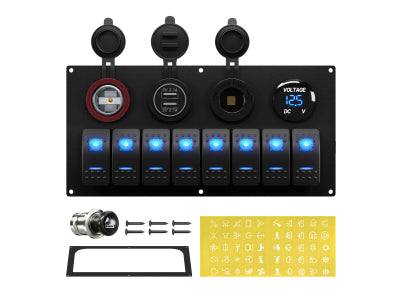
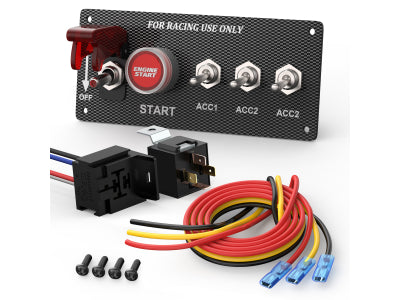
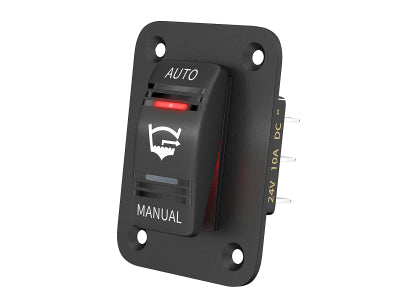
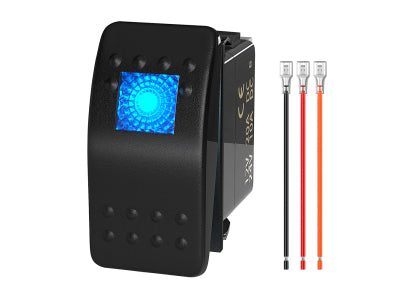
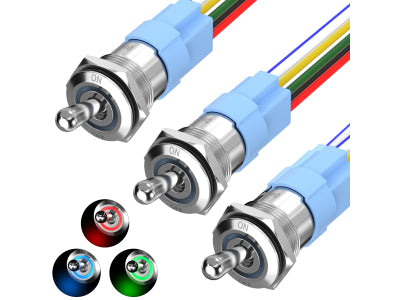
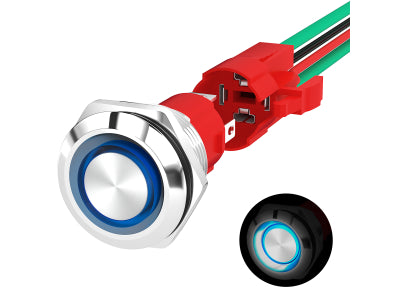
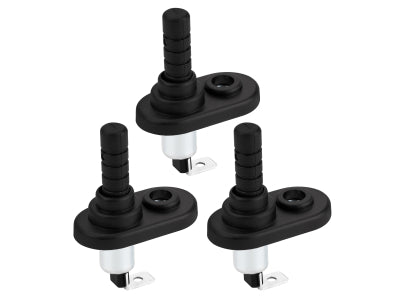
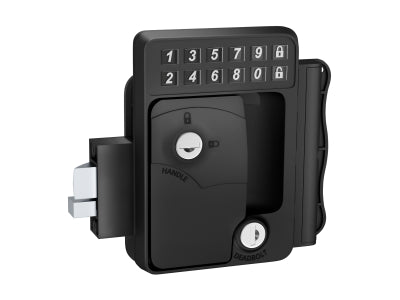
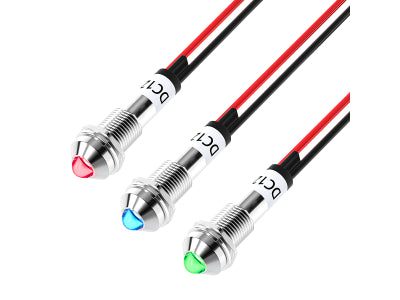
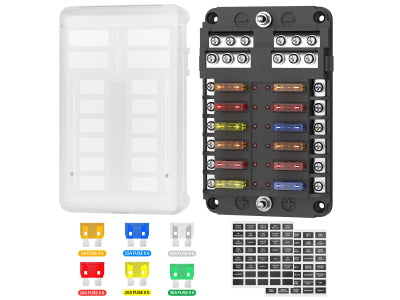
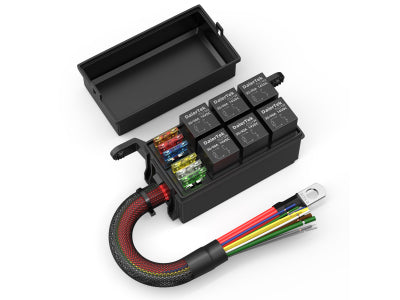
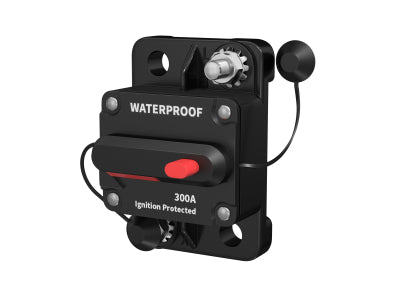
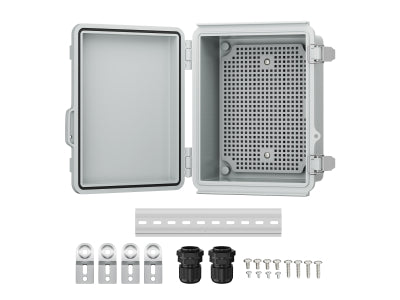
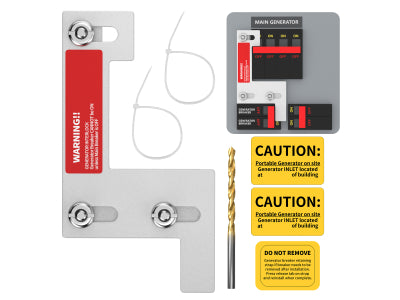
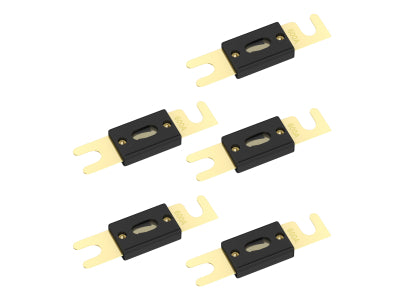
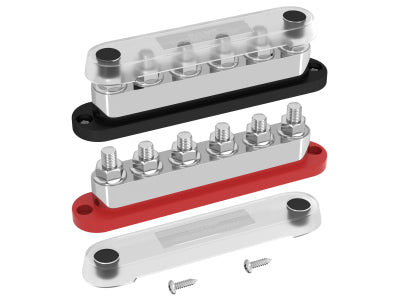
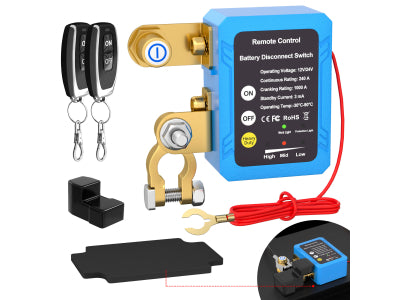
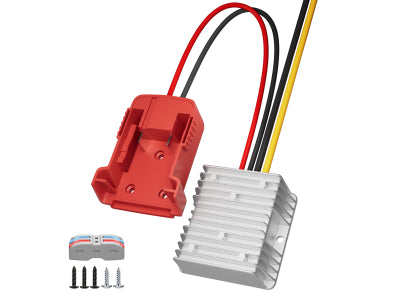
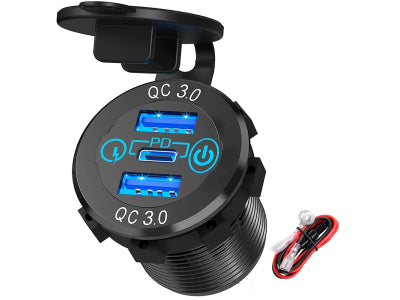
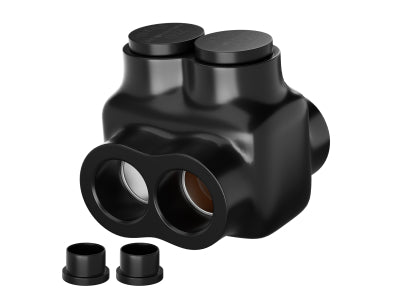
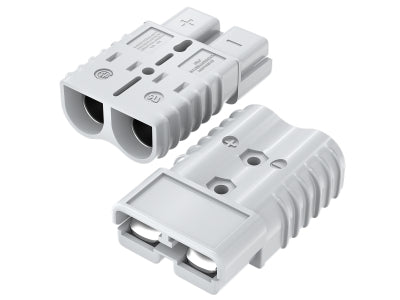
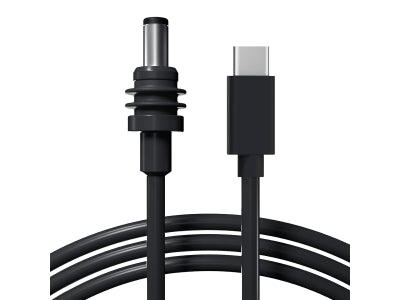
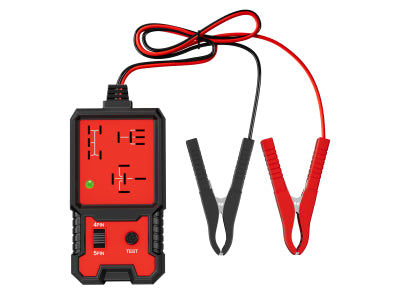
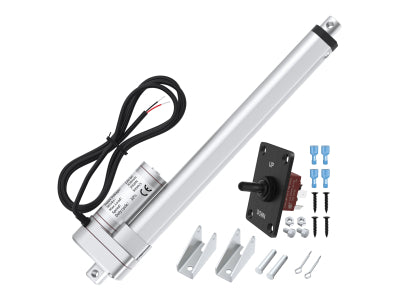
Leave a comment